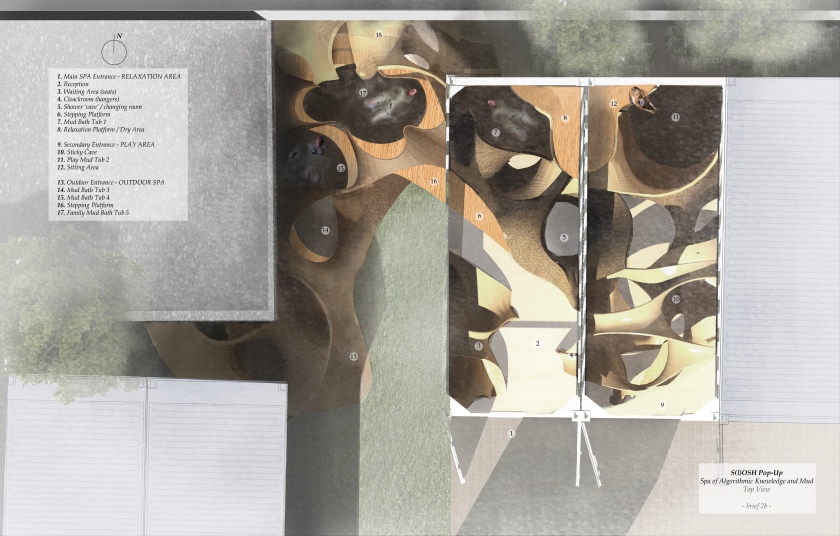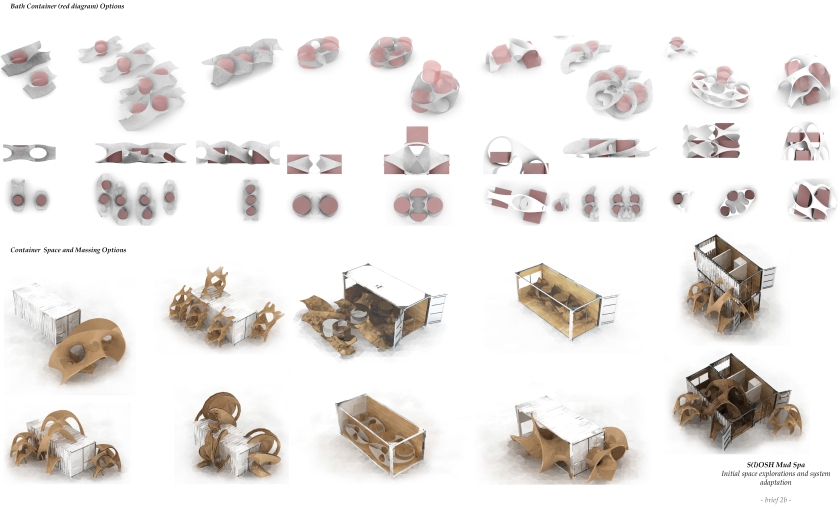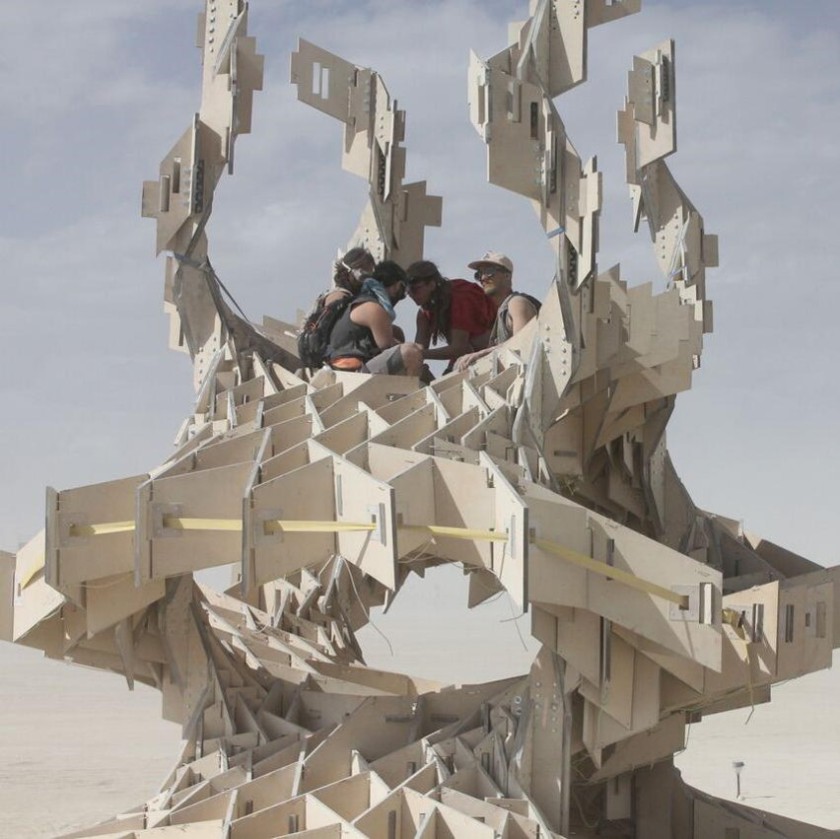Project Summary
S(l)OSH (standing for ‘ slosh= to move through mud’) is a new Pop-Up Spa situated in Hackney Road, in East London. It is designed as an interactive relaxation area to be experienced through exploring and reflecting within a cavernous space, surrounded by mysterious voids, while soaking in a healing mud tub. S(l)OSH represents a new concept of fun mud house, that tells a different side of the wellness story.
The Spa aims to promote the cleaning and health rituals around the world and invite the users to become aware of the areas in need of healthy kickstarts. The new concept started from the idea that spas and relaxation areas are generally luxurious places to relax and heal and sometimes they are too expensive for the general citizen. S(l)OSH wants to bring healthy hedonism to the city while boosting urban areas that need a little support, while making the cleaning and health rituals accessible and fun to everyone.
Philosophy
Bathhouses, spas and saunas have long been part of cleaning and health rituals around the world. Mud baths have existed for thousands of years, and can be found now in high-end spas in many countries of the world. Mud wraps are spa treatments where the skin is covered in mud for a shorter or longer period. The mud causes sweating, and proponents claim that mud baths can slim and tone the body, hydrate or firm the skin, or relax and soothe the muscles. It is alleged that some mud baths are able to relieve tired and aching joints, ease inflammation, or help to “flush out toxins” through sweating. Opportunity
Opportunity
The design is composed of layers of horizontal wooden planks that follow the mathematical formula of a Scherk’s Minimal Surface geometry of a continuous surface, placed in and around a shipping container. The Spa has been designed after several form manipulation and shape iterations of the initial system, followed by massing of standard bath tubs in a tight space. The proposal stands somewhere between the realms of both sculpture and architecture – a spatial construct where movement through will encourage intimate social interaction, and a full emerge into the relaxation experience.
Physical Description
Visually, the main part of the Spa is composed of three main areas: the reception, the mud baths and the outdoor pools. The spas includes hot mud tubes, cold water plunges, a changing area, shower and relaxation platforms. The structure will be built from layers of horizontal CNC cut wooden planks stacked on top of each other and fixed together. Internally, the bathtubes will have a smooth concrete walls to hold the liquid and make the stay more pleasant for the sitting. Despite being designed to fit in one or two containers, the spa can expand even outdoors and other spaces.





















